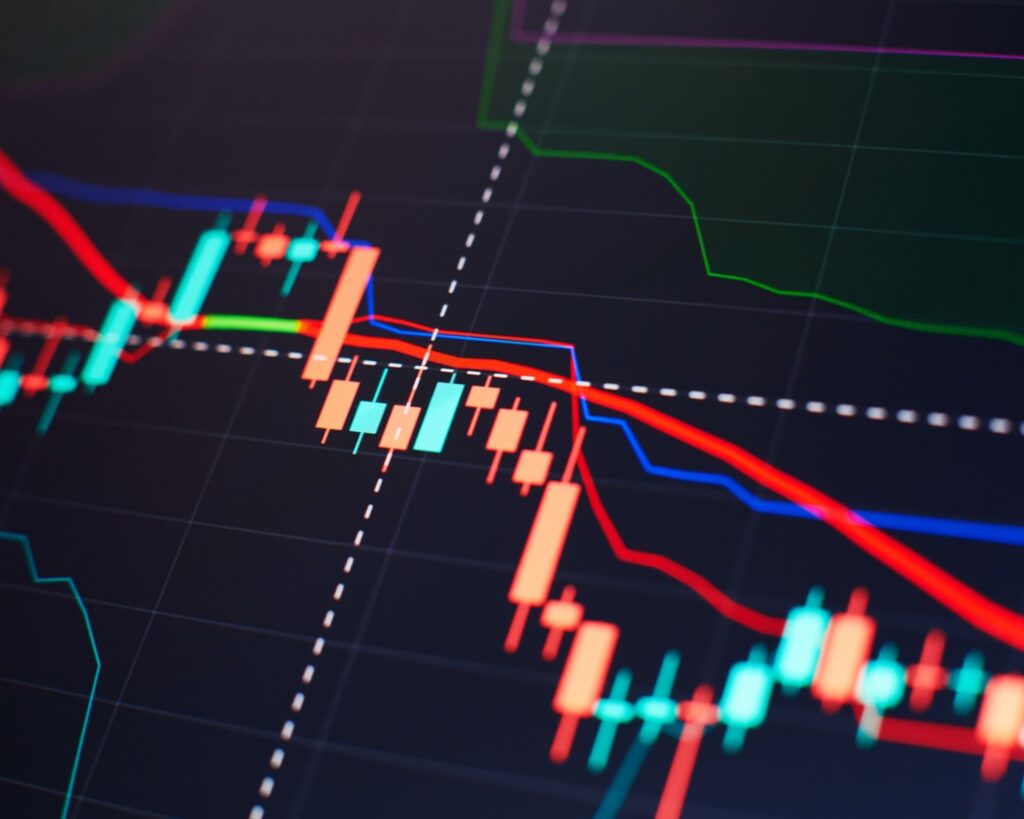
Source: AUN News
Updated at noon on August 7, 2022, ET
If investors need a pick-me-up, they only need to look at the “July” column on their 401(k) statement. The remaining 2022 submissions are still far too dismal.
After months of falls, stocks rose in July, providing some relief. Refinitiv Lipper data show that the average U.S. equity mutual fund or exchange-traded fund increased 8.9 percent in the month. However, the funds are still down 14.4% for 2022 as of July. (Market indexes have not changed much thus far in August.)
The sluggish economy and the Federal Reserve’s interest rate rises, intended to curb inflation, have hurt markets. But with monthly advances of 9.1% and 6.7%, respectively, in July, the S&P 500 and Dow Jones Industrial Average posted their highest increases since November 2020. The Nasdaq Composite Index gained 12 percent thanks to tech equities, making April 2020 its biggest month.
Will it be nothing more than a brief upswing in a lousy year? Most investors continue to be wary of the market and the economy.
As investors “priced in ‘less awful’ earnings news and hopes for a less aggressive Federal Reserve,” financial markets recovered in July, according to
JOHN LANGLEY
Managing director of investments at Comerica Wealth Management. The title of his commentary for the month was “A Good Month, But. Lynch pointed out that despite growing recession fears, economic indicators remained lackluster.
Although international stock funds have lost 17.1% of their value in 2022, they gained 4.9 percent in July.
Scoreboard
Fund performance as of July 2022, broken down per fund category.
Goodwin, Lauren
According to an economist and portfolio strategist at New York Life Investments, the current state of the economy isn’t particularly encouraging. The GDP shrank for two consecutive quarters, the Fed just announced another [0.75-point] raise, and this earnings season’s corporate forecast has been inconsistent thus far. What then caused the market to rise in July? According to Ms. Goodwin, the reasoning behind this is that if the economy is slowing, “inflation may become less of a concern, and the Fed can reduce its policy-hiking roll.”
But “it appears that this is a rally for the wrong purposes,” she continued. She expects the comfort to be brief due to the “accumulating warnings of an economic recession.”
Bond funds increased in July but have had a challenging year overall. The most popular type of fixed-income fund, those invested in intermediate-maturity investment-grade debt, rose 2.4 percent in the month but are still down 8.7 percent for 2022.
According to data, corporate investment-grade debt funds, including traditional mutual funds and exchange-traded funds, have seen outflows totaling $113.8 billion this year as performance has declined.
Mr. Jack Fischer,
at Refinitiv Lipper, a senior research analyst. In a study, he claims that “this sum would already shatter the yearly outflow record by roughly $100 billion.” For inflows, however, such funds set new highs in 2020 and 2021 ($266.7 billion and $274.4 billion, respectively). But according to Mr. Fischer, “if the tides do not change swiftly, IG funds will only mark their second calendar year outflow.”
Analysis by: Advocacy Unified Network
Copyright ©2022 Dow Jones & Company, Inc. All Rights Reserved. 87990cbe856818d5eddac44c7b1cdeb8
